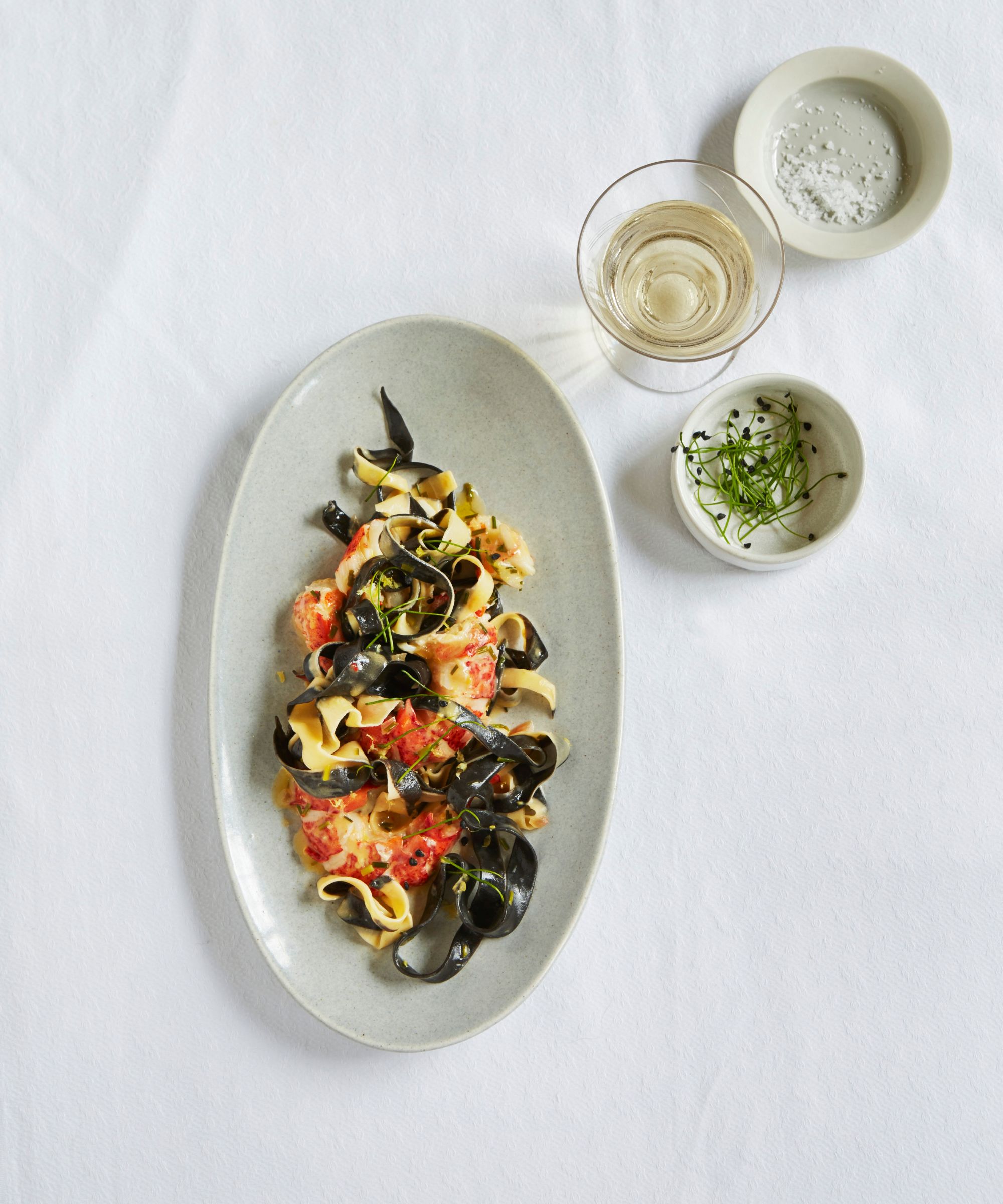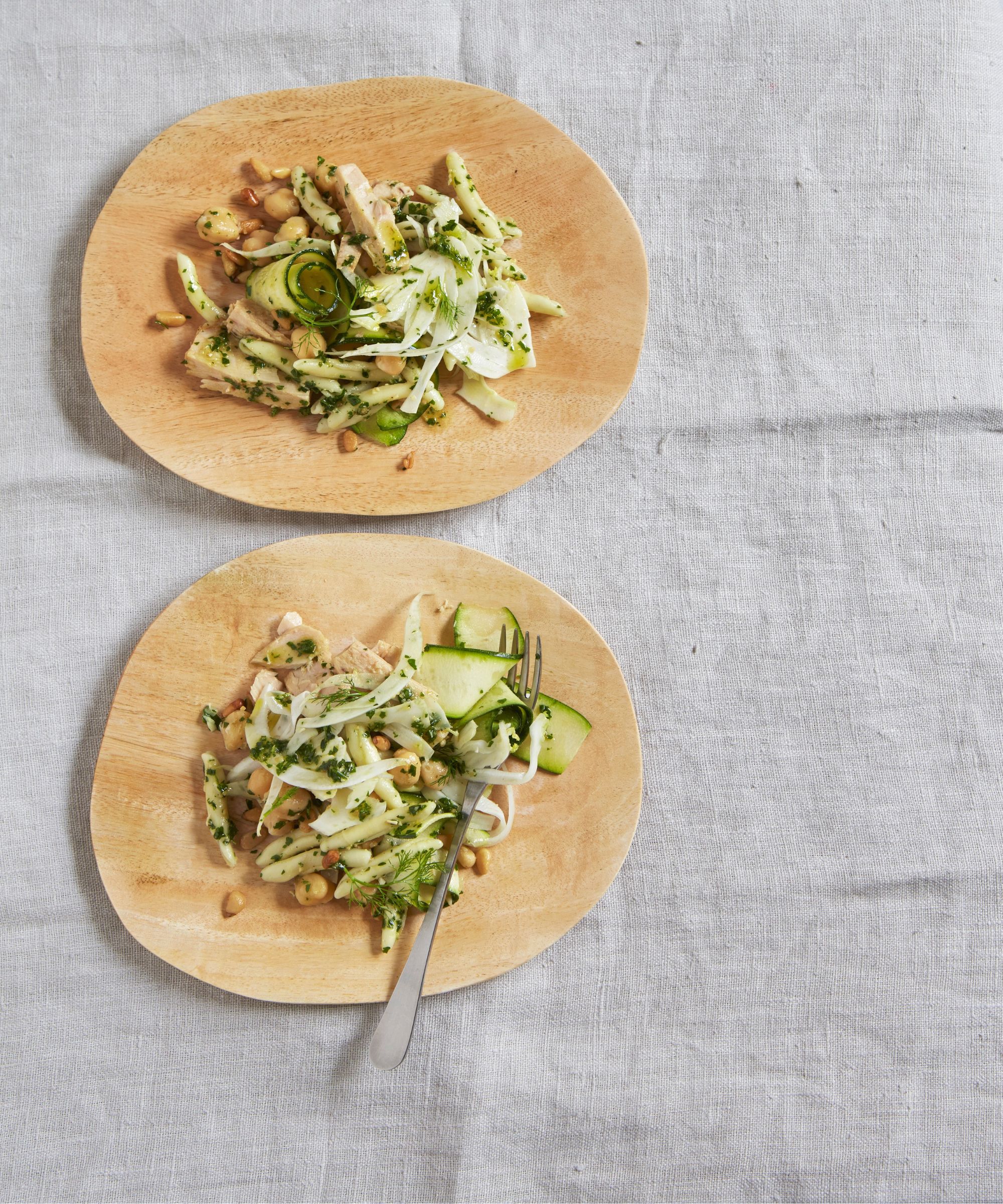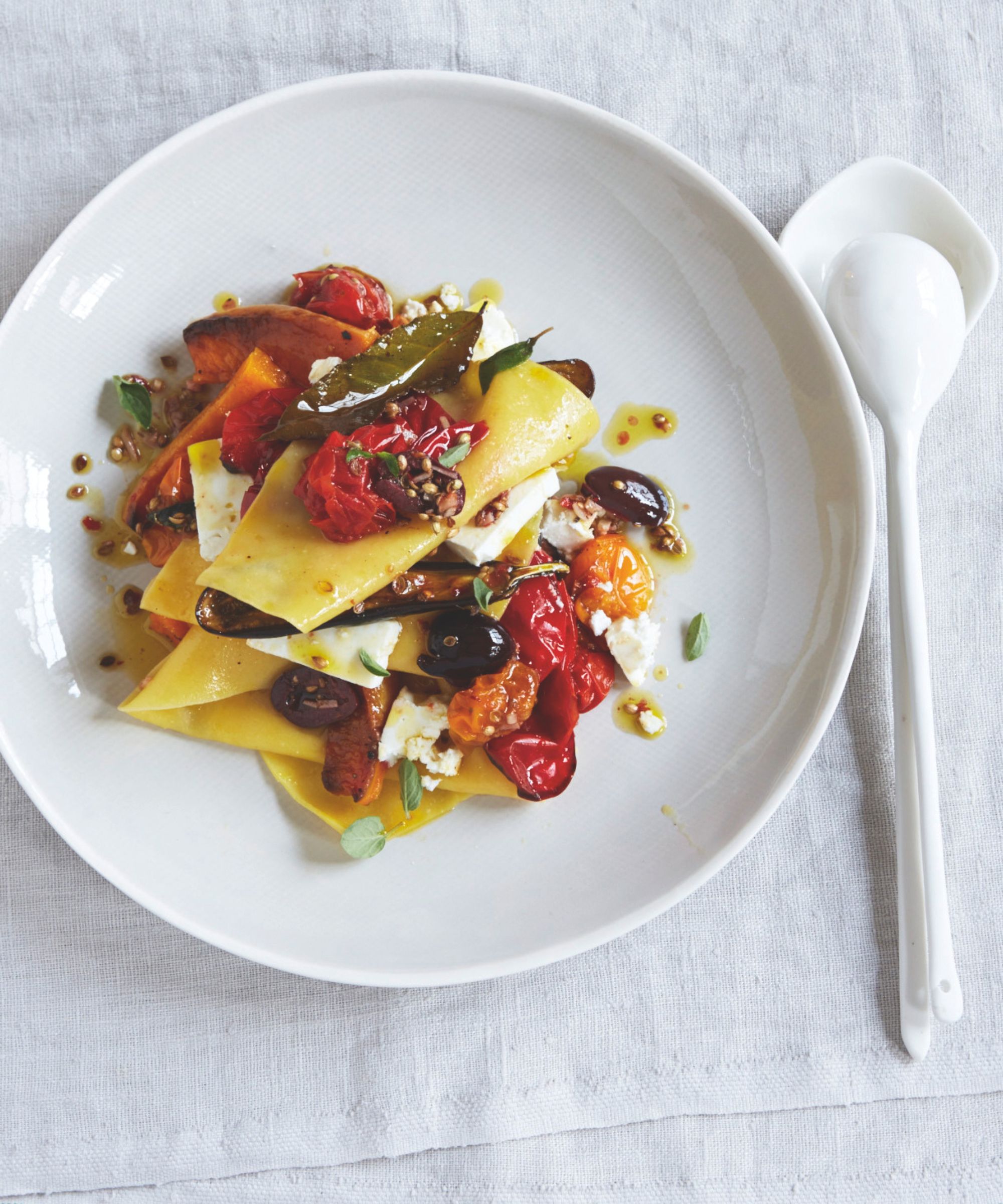These summer pasta recipes take a mid-week staple to restaurant-quality dining – and they couldn't be easier to create
Combining good quality seasonal ingredients with simple cookery brings these vibrant summer pasta dishes to life for easy and relaxed entertaining

Pasta recipes are such a fail-safe option when time is short and the cupboard is bare, but that doesn't mean they have to be basic or boring. These elevated versions of classic favorites call for quality ingredients, a variety of different pasta shapes and textures and even a homemade pasta, that is easier to make than you might think.
So, when a more celebratory supper or lunch is called for, these simple yet elegant recipes are the a real delight. If your obsession with Italian recipes is boundless (like ours), you can't go wrong.
All rely on seasonal ingredients and many call for a generous hand with good butter or olive oil to add a luxurious touch to bring them into the realms of restaurant quality for special occasion.
Summer herb malfatti with a herb-butter sauce

This dish captures the essence of summer – vibrant, fresh, and effortlessly elegant. Plus, the satisfaction of making your own fresh, herb-filled pasta handkerchiefs, is hard to beat.
This summer herb malfatti with herb butter sauce is made simply by pressing sheets of handmade pasta with seasonal herbs, then cutting them into rustic, irregular squares. Tossed in golden, nutty herb butter with a splash of lemon, this dish is light, but deeply flavorful.
Lobster and squid ink fettucine

If you are a fan of seafood pasta, this luxurious dish is perfect for warm evenings with friends. It pairs sweet lobster meat with dramatic ribbons of deep black squid ink pasta and has a light, briny finish. You'll be transported to the best ocean-side seafood restaurants at first bite.
Cavatelli Salad: A twist on tuna pasta salad

This lighter pasta dish is an elevated take on a classic tuna pasta salad dish. Fresh and vibrant ingredients, such as crisp zucchini ribbons, thinly sliced fennel, tender garbanzo beans and flaky tuna are transformed when combined with al dente cavatelli tossed in a bright, herbaceous pesto dressing.
Design expertise in your inbox – from inspiring decorating ideas and beautiful celebrity homes to practical gardening advice and shopping round-ups.
Fig, Parma ham and gorgonzola pappardelle

This fig, Parma ham and Gorgonzola pasta combines the sweetness of fresh figs, with savory Parma ham, and the umami punch from Gorgonzola. It's brought together with a hint of chilli and lemon, all tossed through silky pappardelle pasta. An absolutely divine combination for a supper for two or to serve a crowd.
Malfadine with artichokes, pea, clams and white wine

This delicate artichoke pasta brings to flavors of the garden and ocean to your table, with a combination of earthy artichokes, fresh peas and clams, uplifted with and elegant white wine sauce. Malfadine pasta looks particularly pretty on the plate but you can use any long pasta you like.
Open lasagne with roast Mediterranean vegetables, feta and oregano dressing

Make like some of the best Italian chefs with this deconstructed open lasagne recipe. Perfect for a special summer supper, it layers sweet, caramelized roasted vegetables with creamy, salty feta, all brought together by a fragrant oregano dressing.
Love Italian food? Try these pizza recipes, including the best ever pizza dough and quick tomato sauce, with variations on bases and toppings to suit all tastes.
Alice Hart is a food writer and recipe developer, working across a wide variety of media, from magazines to books. Alice’s recipe books are based on wholesome produce and seasonal eating, and while she takes a balanced approach, using wholefoods and vegetables wherever possible, she also finds joy in an excellent cake. Alice is also invested in sports nutrition and is a Level 3 personal trainer, a seasoned endurance sports competitor and a trained chef.